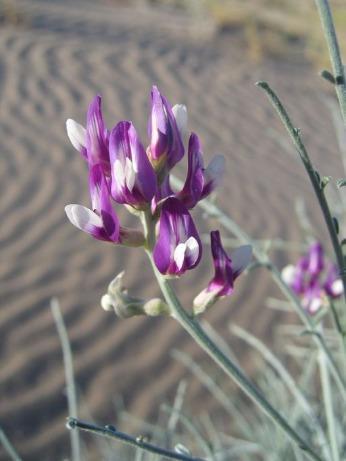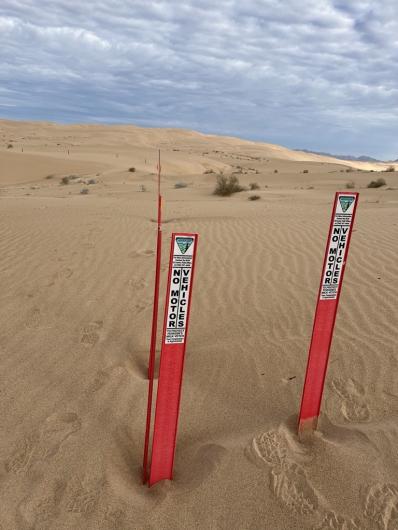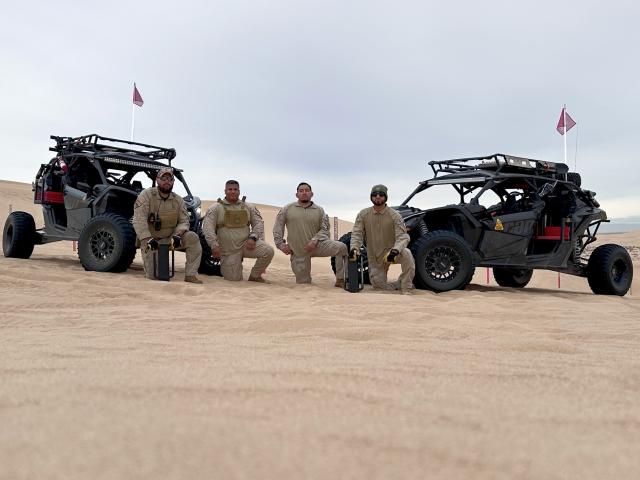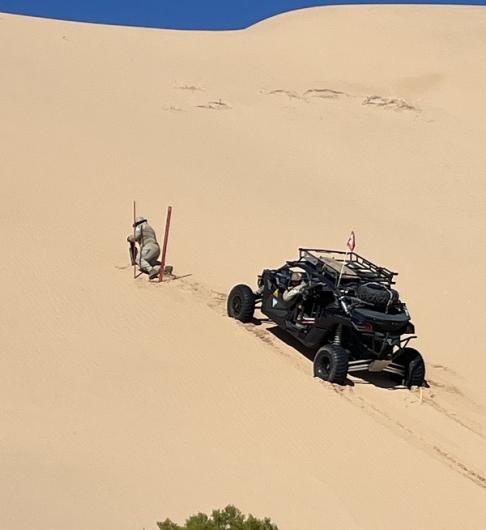Related Stories
- BLM’s Agua Fria National Monument is a worthwhile destination on your winter bucket list
- Nine years of partnership pays off: Fitzhugh Creek Meadow restoration achieves dramatic results
- Stewardship and smiles at Samoa Dunes: BLM California hosts National Public Lands Day event
- Lake Havasu Fisheries Improvement Program is the gift that keeps giving
- Agua Fria National Monument: A desert oasis with a rich history and a vital present
Office
1661 S. 4th Street
El Centro, CA 92243
United States




